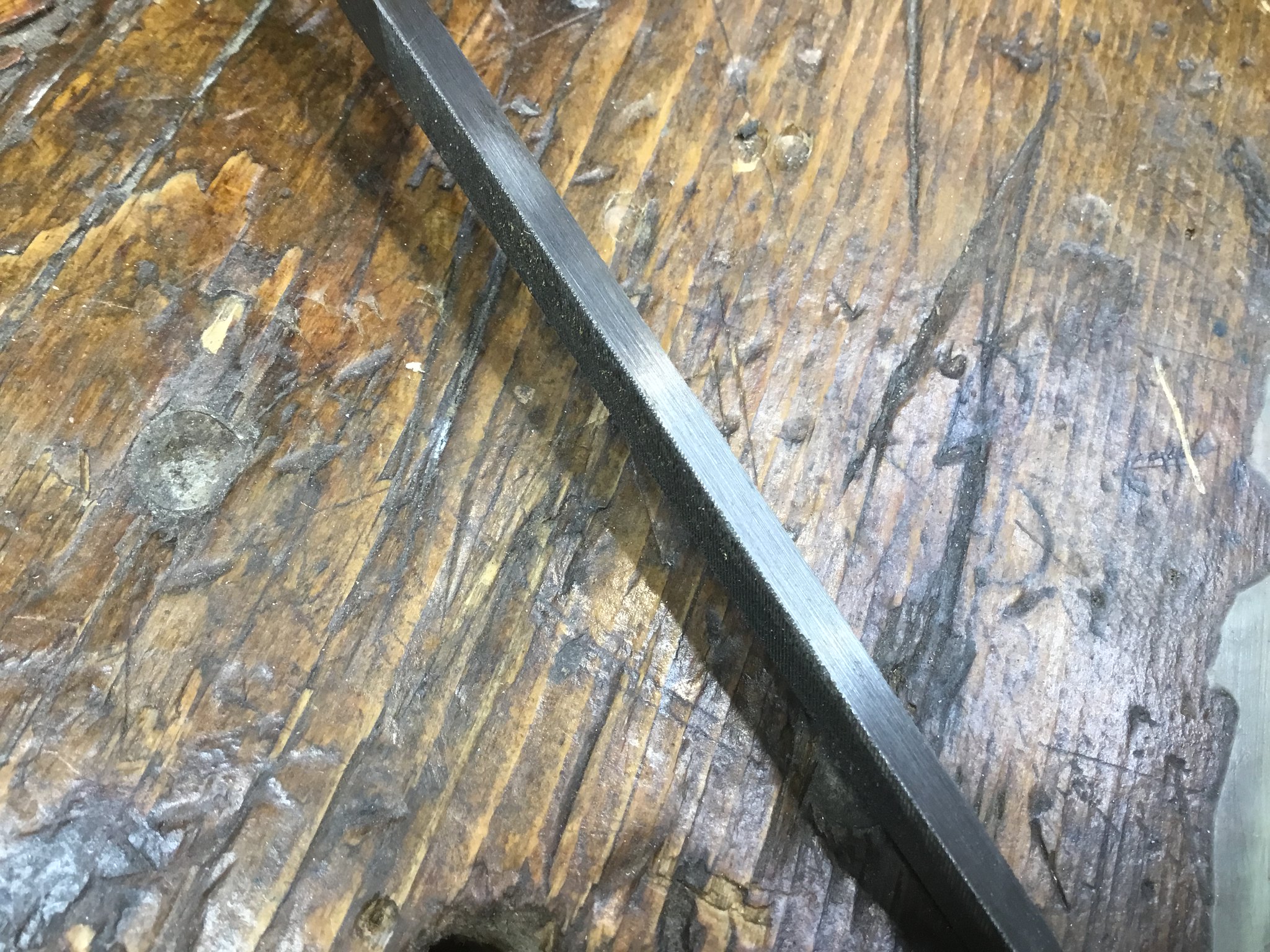I just bought a bunch(15-18) of good looking old American made files at a local flea market for $10.
There are several different sizes of flat files, a couple of round ones, and a few three cornered ones. I'd like to make a safe edge on one or two of the three cornered ones, for dovetails and such. Any tips or precautions I need to know about first? Thanks.
There are several different sizes of flat files, a couple of round ones, and a few three cornered ones. I'd like to make a safe edge on one or two of the three cornered ones, for dovetails and such. Any tips or precautions I need to know about first? Thanks.






